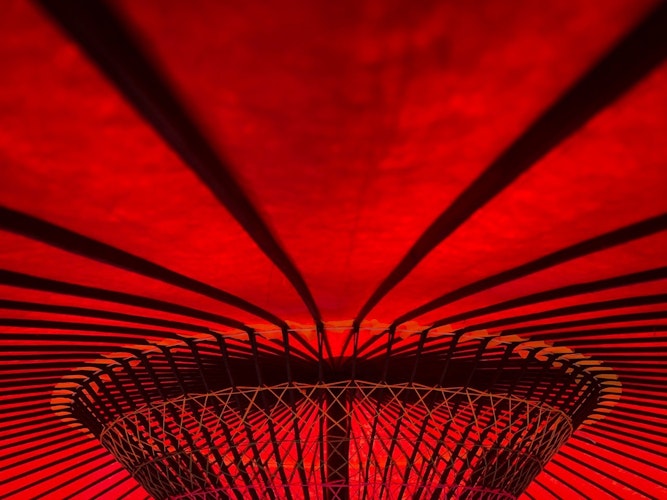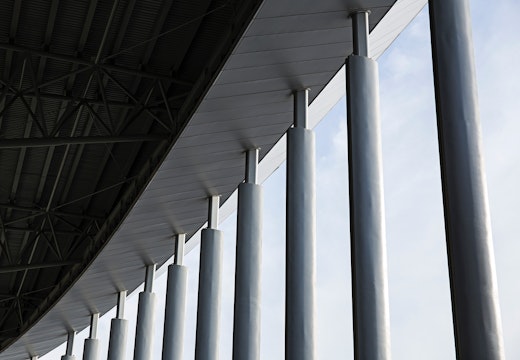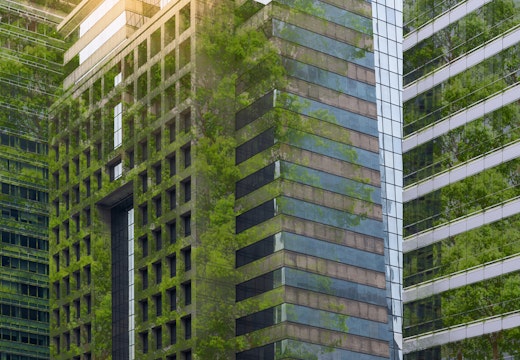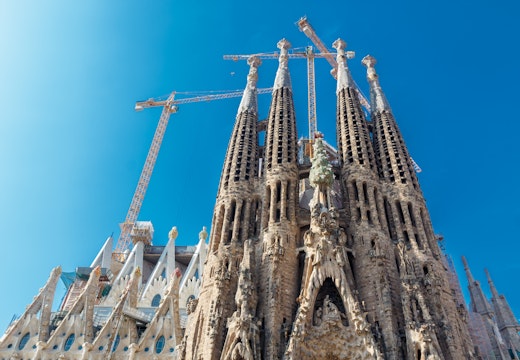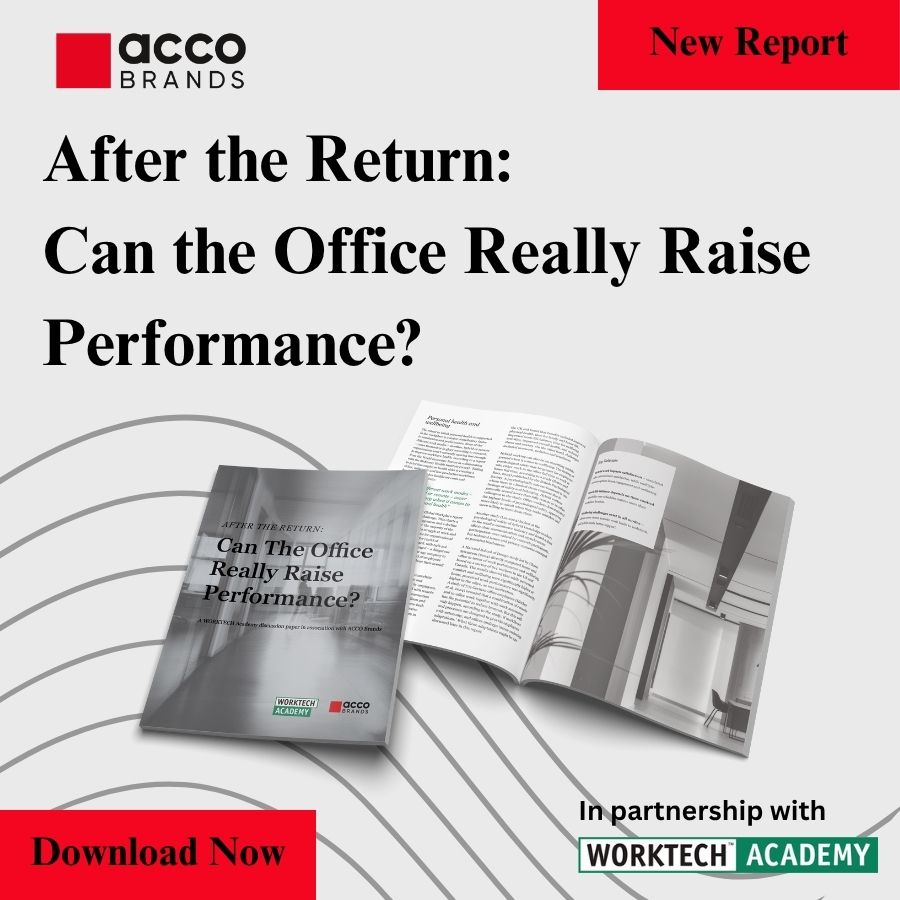Can awe-inspiring design features really boost workplace performance?
Spectacular interior design elements were once seen as self-indulgent. Now there is scientific evidence to suggest that inducing a sense of awe can bring commercial benefits
The inclusion by architects of a genuinely jaw-dropping feature or an awe-inspiring setting in a new office design scheme can sometimes be seen as self-indulgent.

Awe-inspiring design is more than an architect’s self-indulgence, it has real commercial benefits
That hanging garden or sun-kissed atrium or giant modernist artwork in reception can be regarded as nice-to-have for employees – not an essential component of the workplace experience.
That is why some of the most spectacular elements of new workplace design tend to get engineered out of the process at an early stage on the grounds of cost.
But wait a minute. There is now an emerging body of scientific evidence that suggests that creating a sense of awe in the workplace could actually boost employee performance. The daily presence of awe-inspiring elements at work could induce a psychological state in which people behave differently, thus introducing an economic rationale for design features that are not just out of the ordinary but also out of this world.
A more open mind
According to different academic studies, employees think more creatively, are more curious and process information more efficiently when they are confronted by objects or spaces that inspire a sense of awe. People also have a more open mind, are less impatient, feel more connected to the world around us and experience greater momentary wellbeing.
These are clearly benefits worth having in a workplace struggling with sluggish productivity, poor mental health and rocketing levels of disengagement. But what precisely constitutes an awe-inspiring piece of design in the context of environmental psychology, and not simply in line with the latest designer fads?
Academic definition
One of the best academic definitions of awe is by Griskevicius, Shiota and Neufeld (2010), who define it as ‘the feeling of wonder and astonishment experienced in the presence of something novel and difficult to grasp—a stimulus that cannot be accounted for by one’s current understanding of the world’.
Most current workplace features wouldn’t reach that bar, but some offices do contain architectural or artistic elements that are genuinely capable of inspiring awe: that large, coloured, connecting staircase that punches a hole through several office floorplates; those cavernous volumes that stretch to an infinite point; that avant garde mural playing with our sense of distance and perspective; those digital screens transporting us to a remote tropical island.
Indeed, advances in AV technology are likely to be increasingly deployed to satisfy the growing corporate demand for better experiences at work. Already we are seeing some spectacular innovations; for example, the awesome elevator experience at One World Trade Center, in which you witness the urban growth and development of New York from the 1500s to today as you ride up the building, is simply astonishing.
No dependent on scale
The trouble with being awe-struck is that there could be diminishing returns in the workplace as employees repeat the same experiences day after day. The first time you view something that takes your breath away is when you really experience that sense of awe. It doesn’t happen often but you know the feeling when you get it. The next time, it becomes marginally less astonishing. The fiftieth time? It could become the new normal.
The good news is that creating a sense of awe doesn’t depend on scale. Bigness isn’t the automatic answer. According to the academic literature, even the smallest things – an intricately crafted jewellery box, for example – can produce the same sensation. In a working world in which we want people to challenge expectations and think in new ways, the debate around awe-inspiring design needn’t just be framed in aesthetic or brand terms – there could well be a commercial productivity argument for tripping in the light fantastic too.

